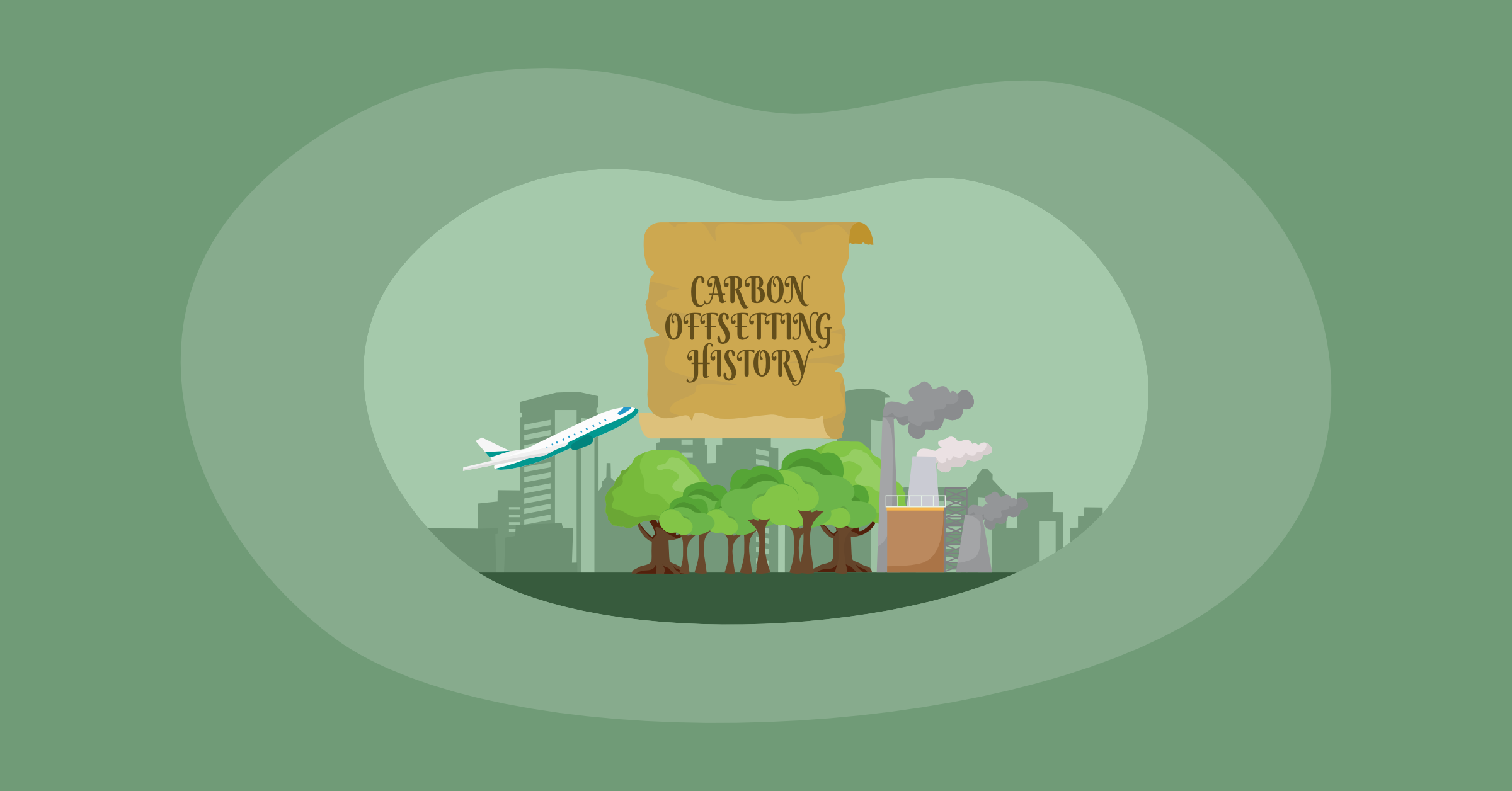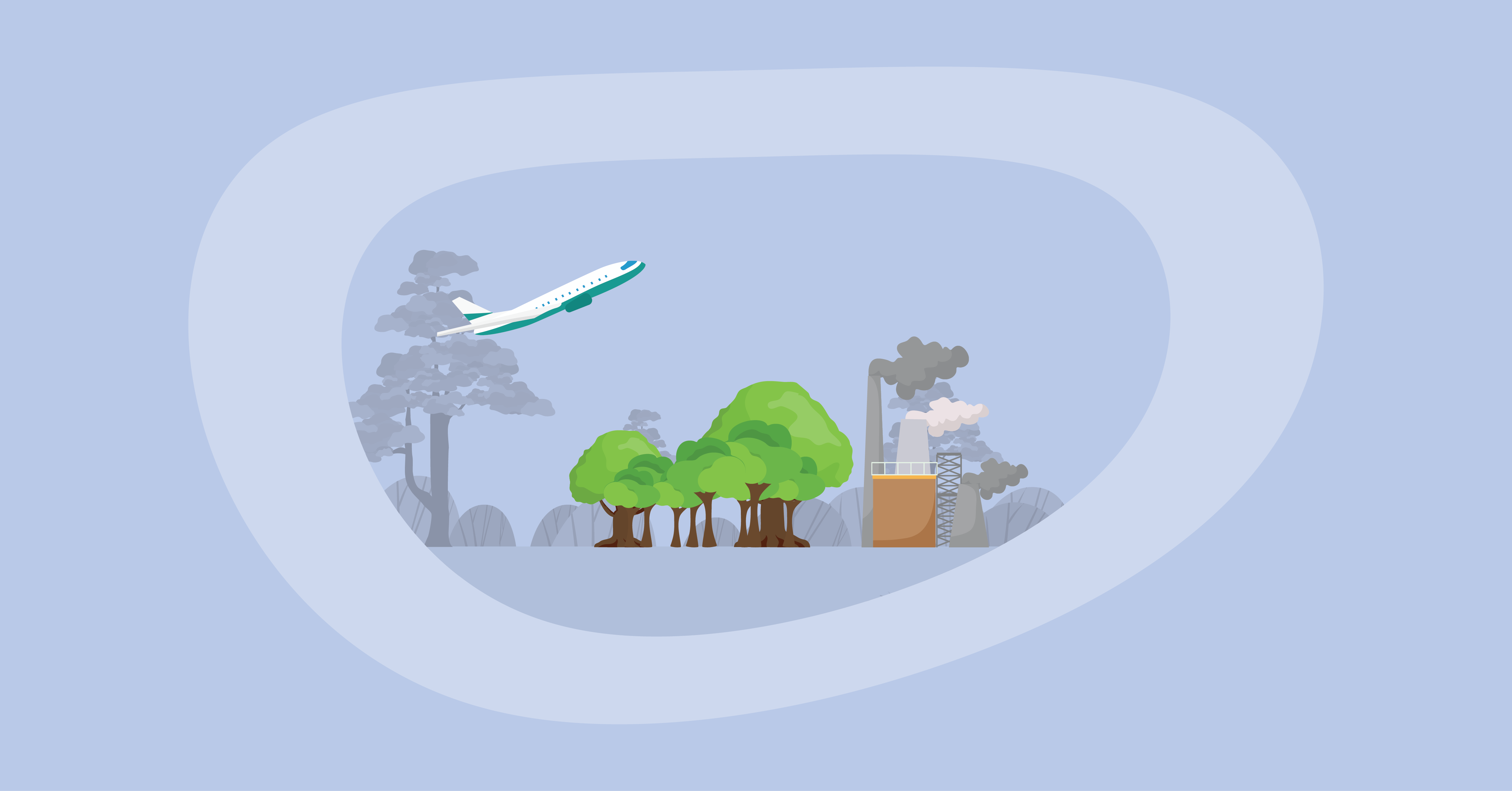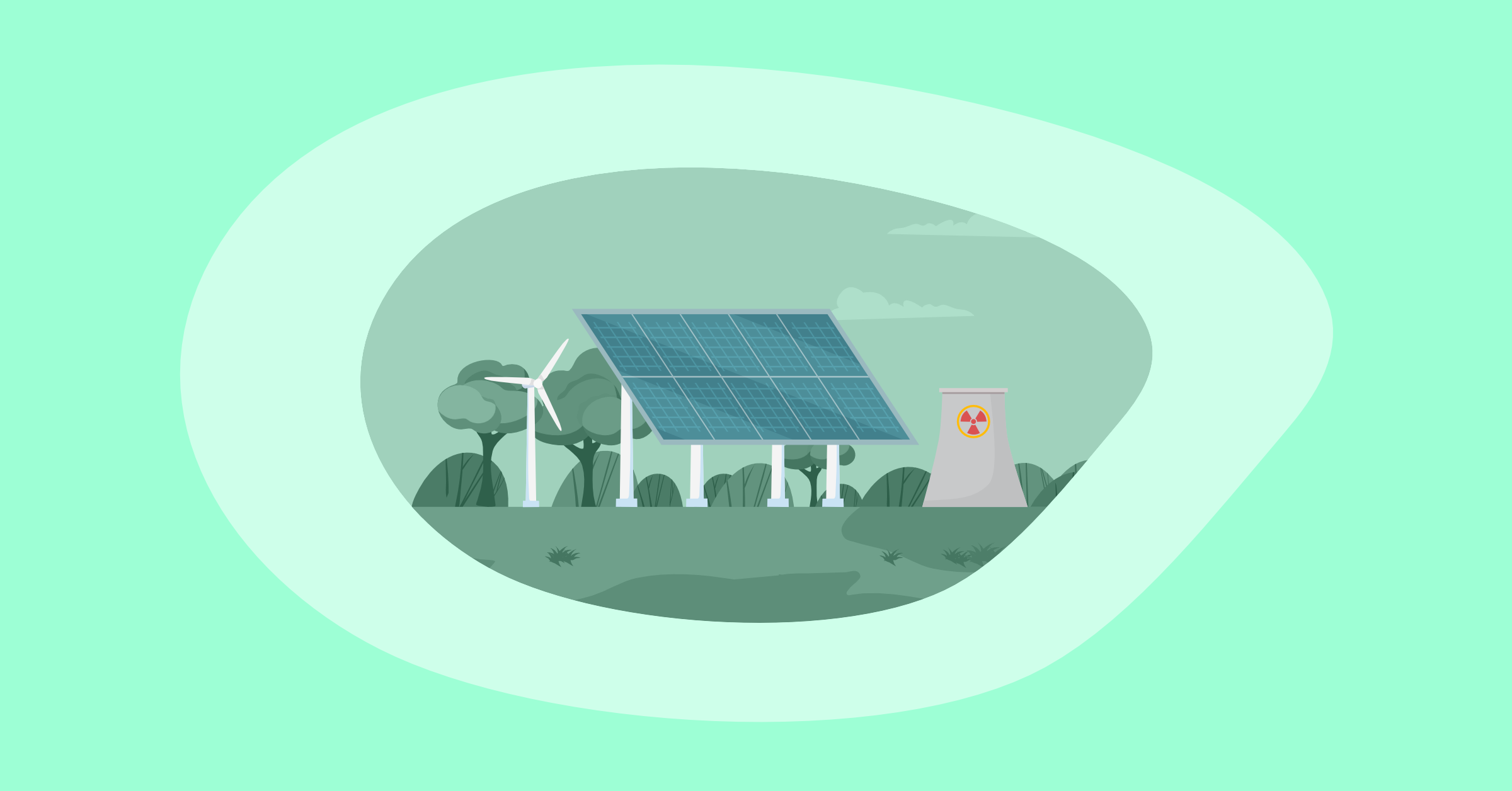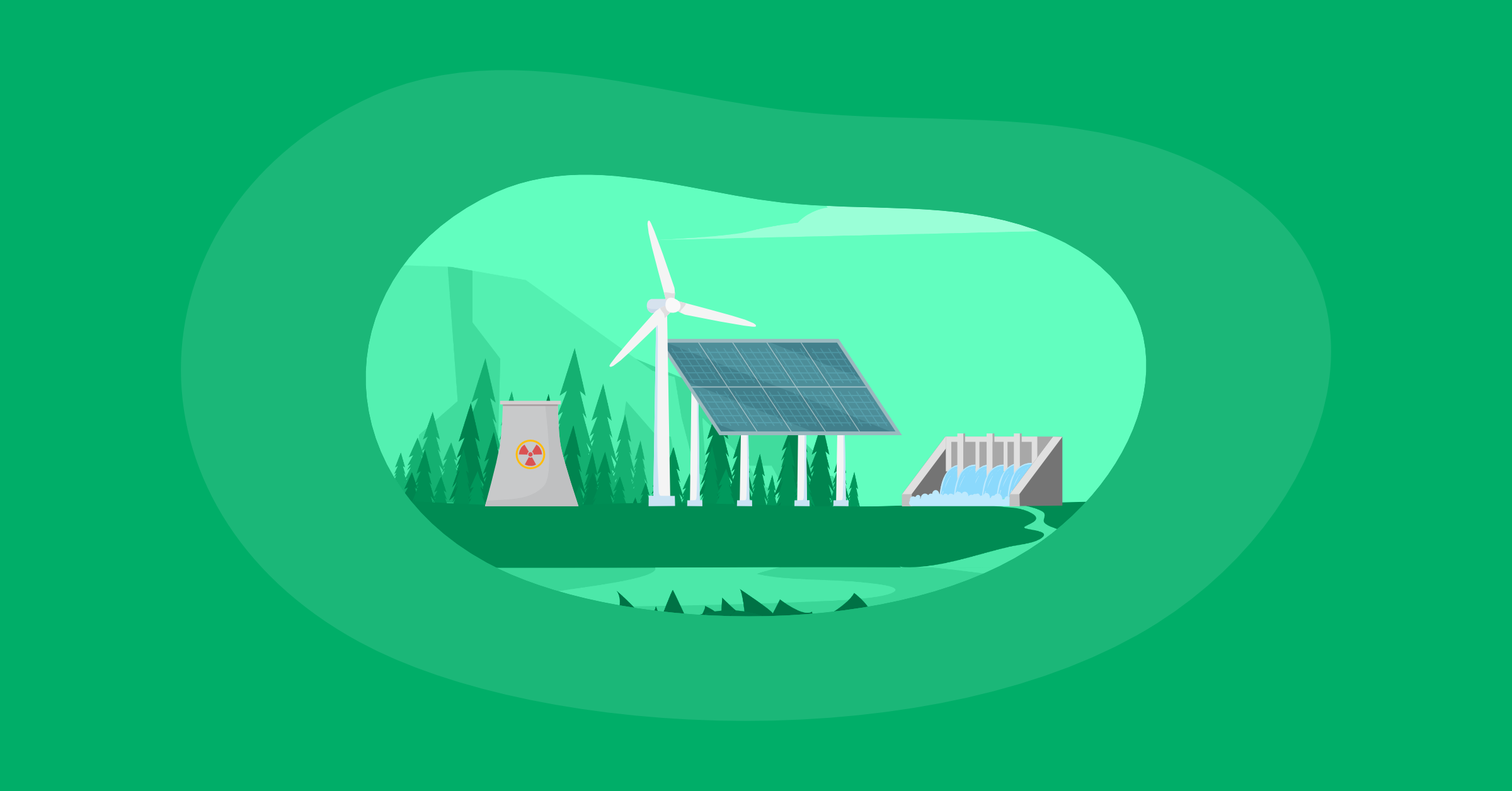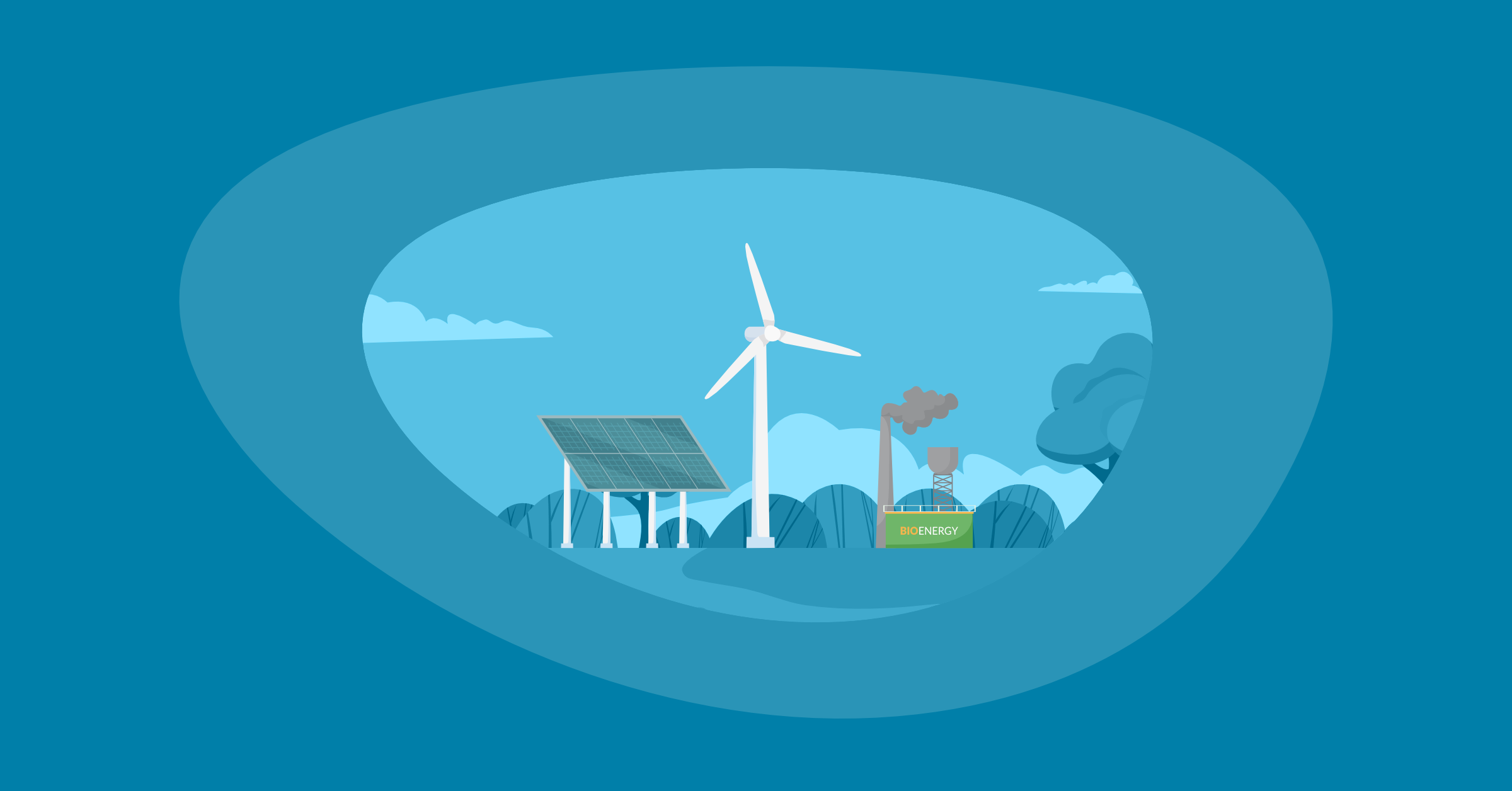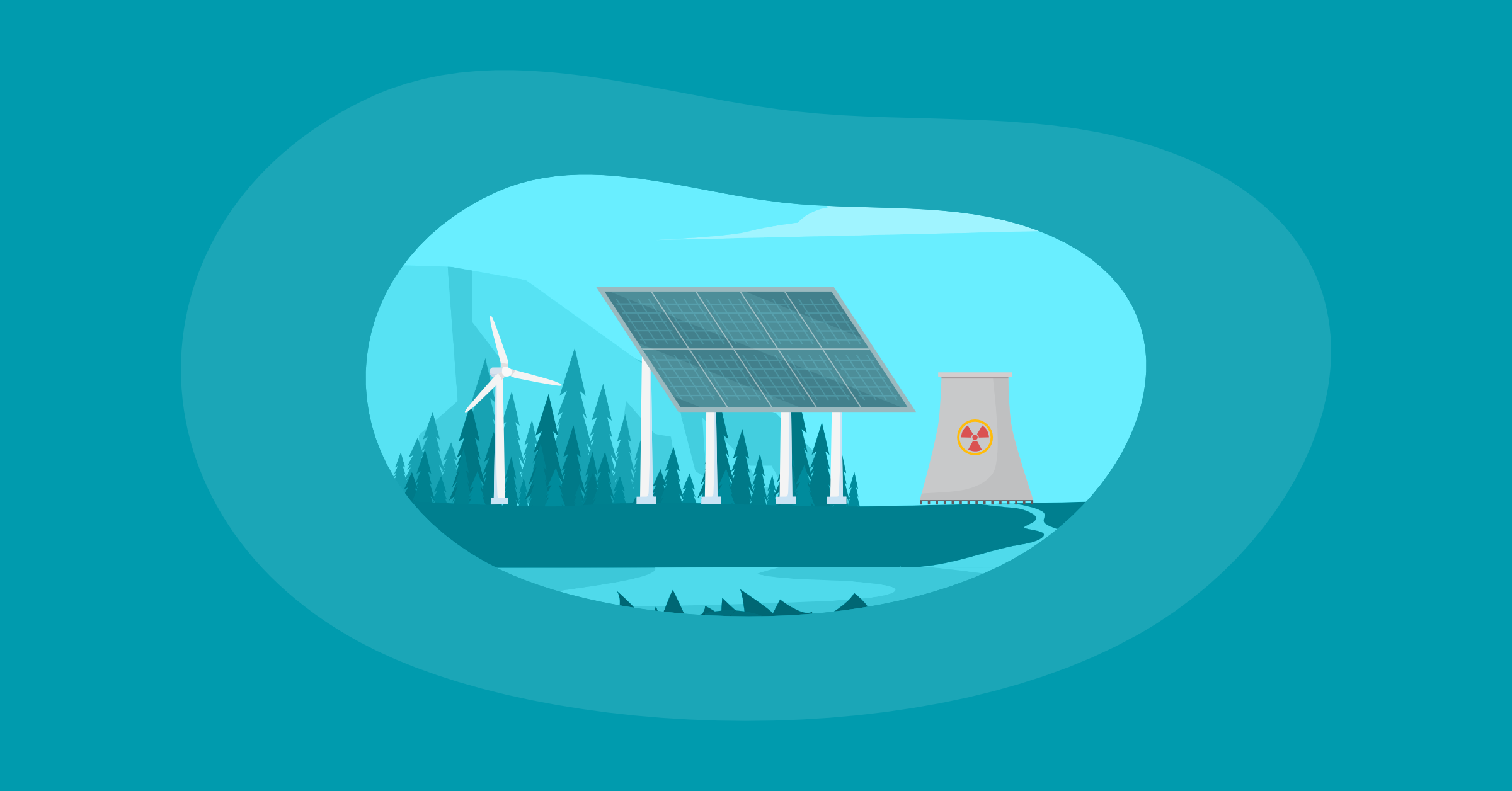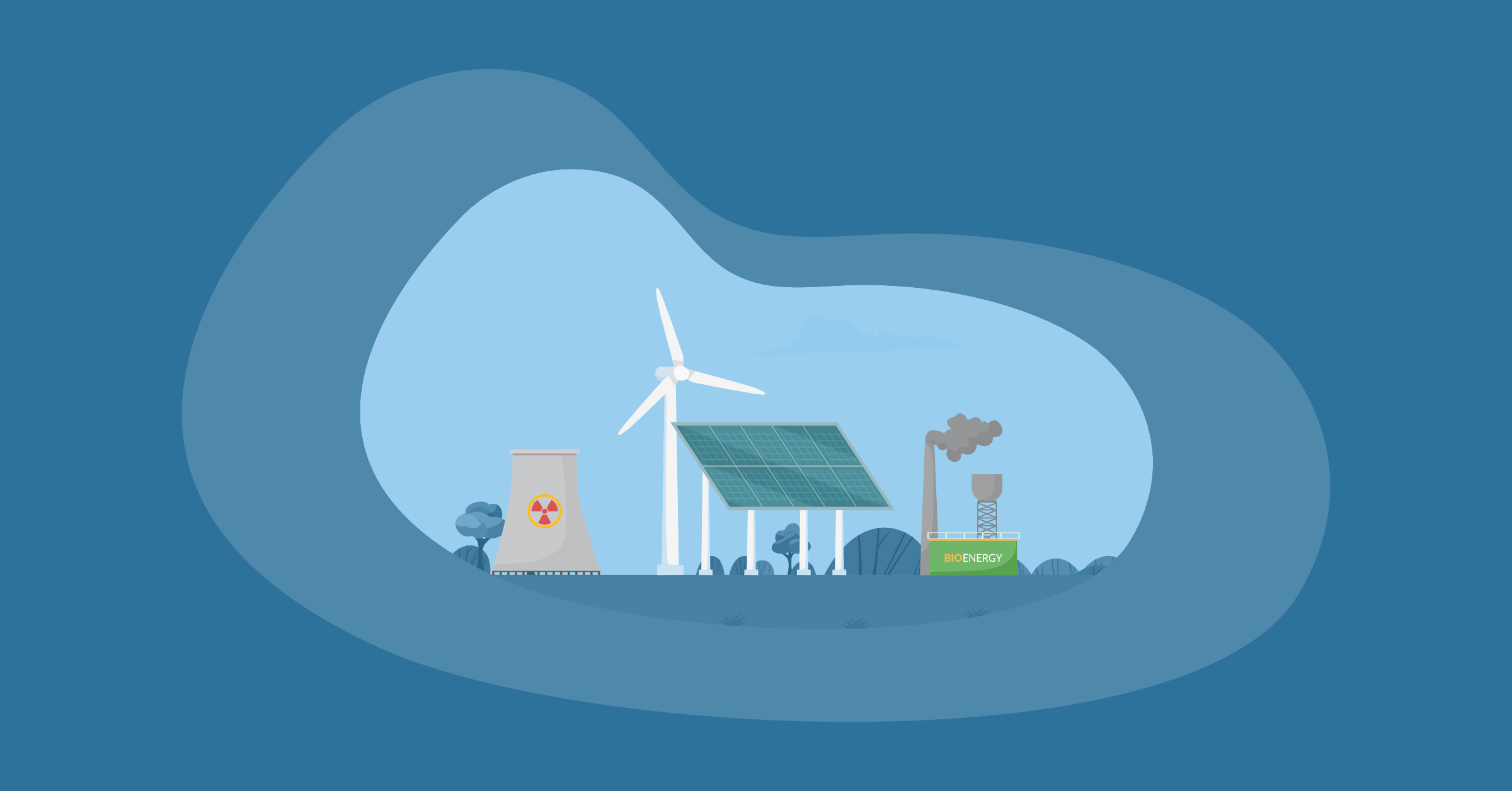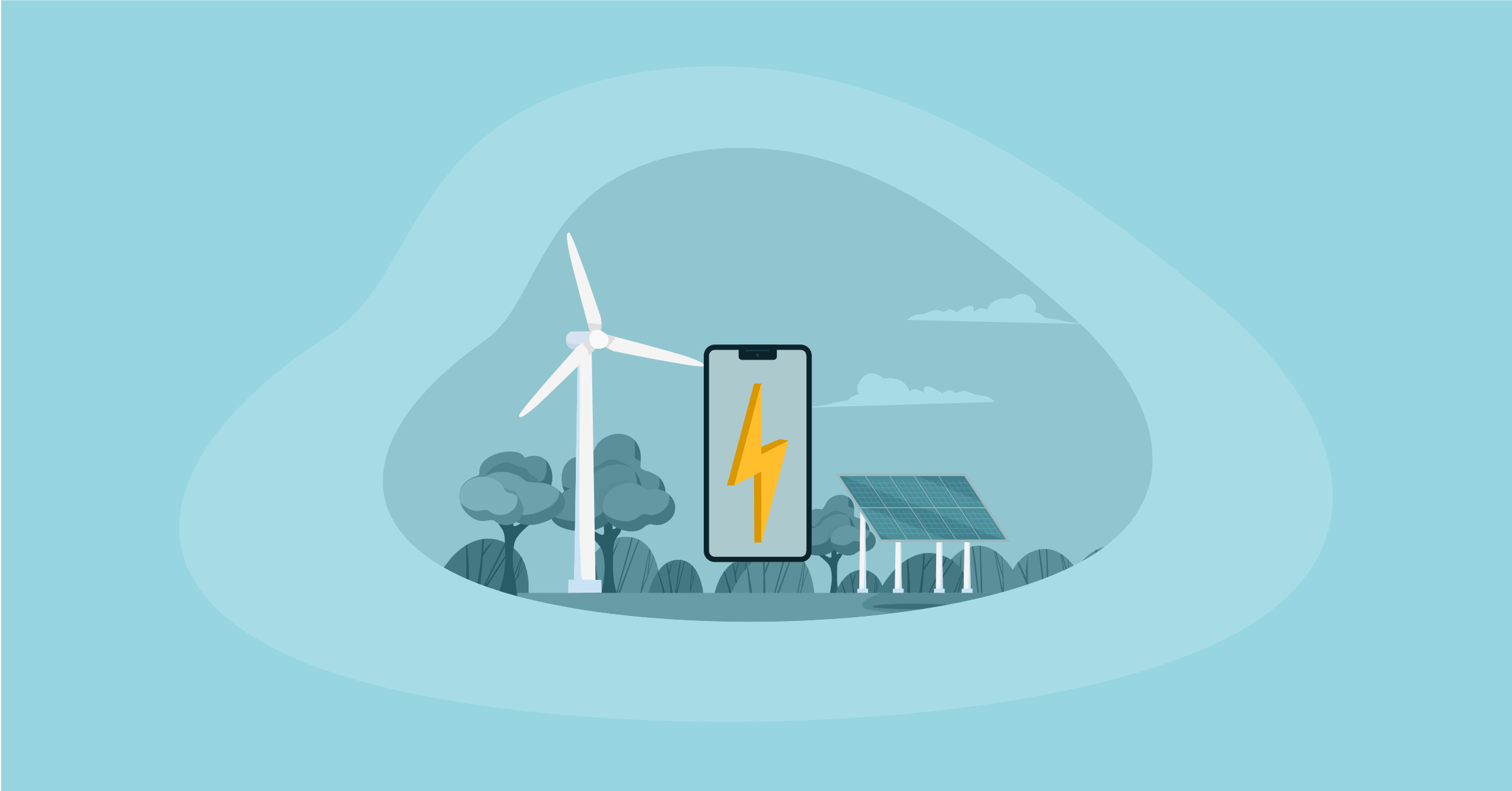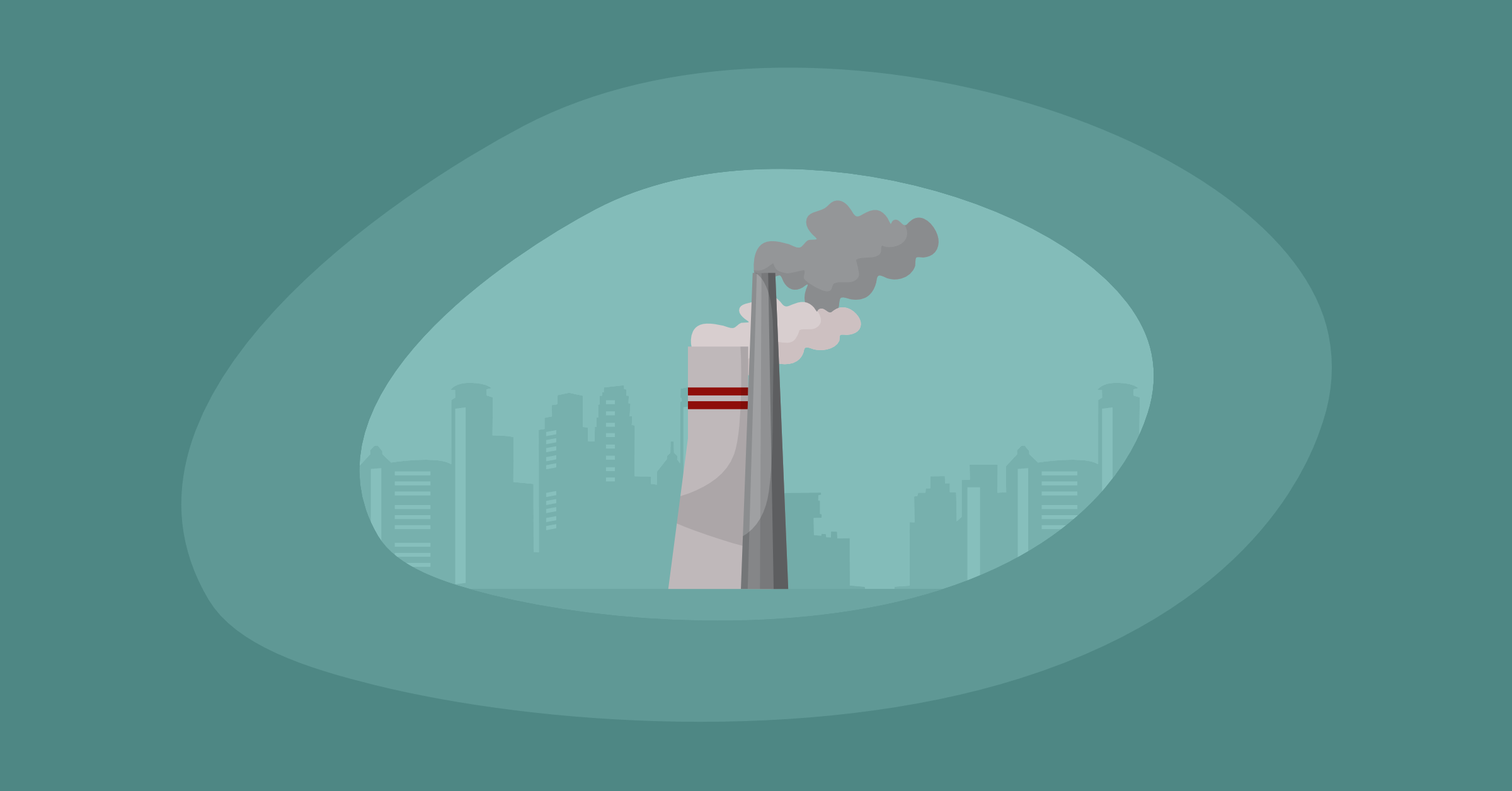The History of Carbon Offsetting: The Big Picture
Carbon offsets are a way to reduce our carbon emissions and our carbon footprint to ensure a sustainable planet for future generations. The voluntary carbon market is the current method of purchasing carbon credits that are used to offset emissions occurring elsewhere. But how exactly did carbon offsets come to be?
